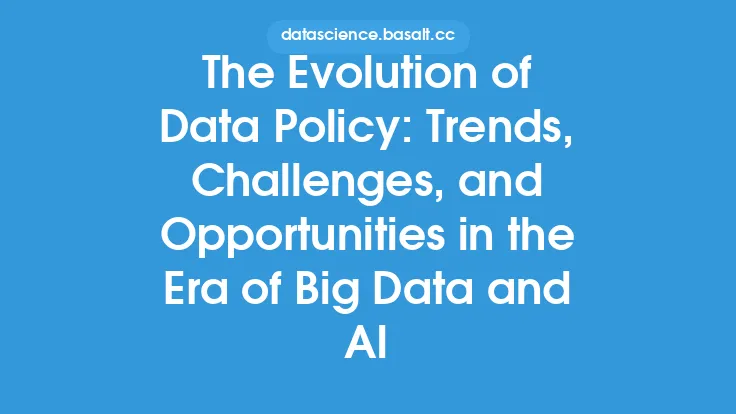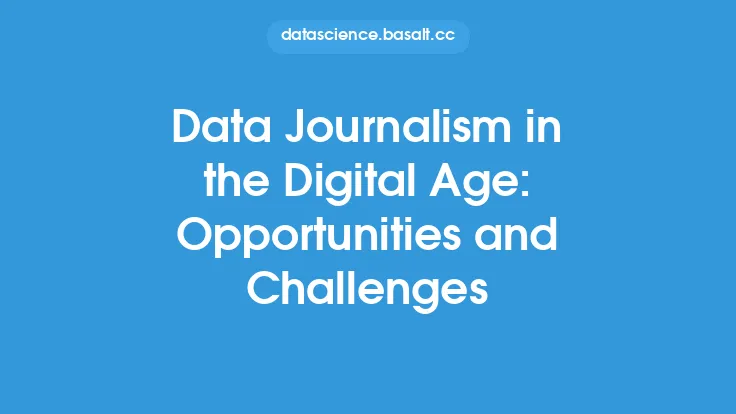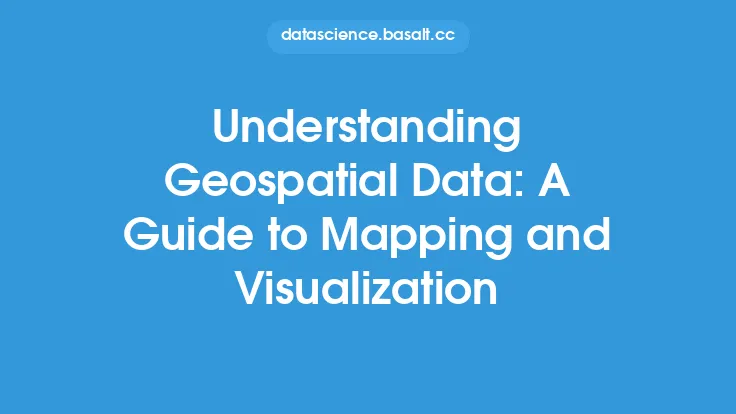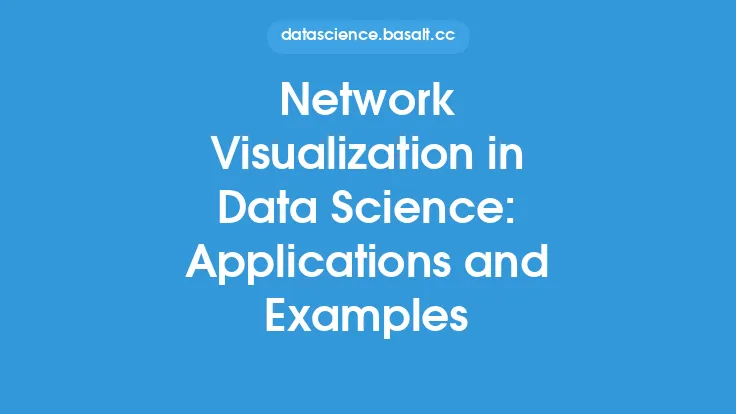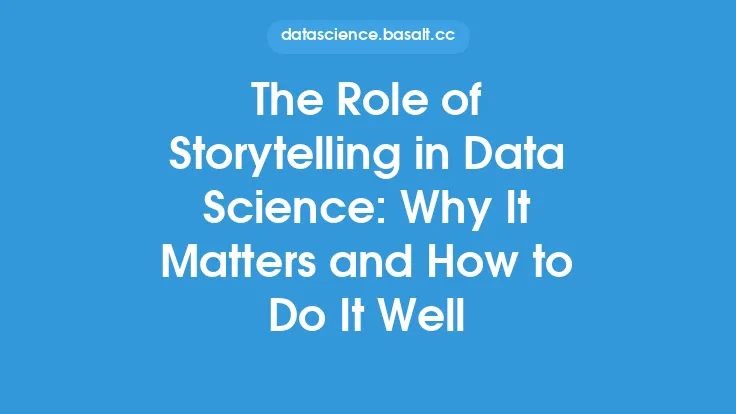The field of geospatial visualization has experienced significant growth in recent years, driven by the increasing availability of geospatial data and advancements in data science technologies. Geospatial visualization is a crucial aspect of data science, as it enables the effective communication of complex spatial data insights to both technical and non-technical stakeholders. This article will delve into the trends, challenges, and opportunities in geospatial visualization, providing an in-depth examination of the current state of the field.
Introduction to Geospatial Visualization
Geospatial visualization is the process of creating graphical representations of geospatial data, which can include maps, 3D models, and other visualizations. The primary goal of geospatial visualization is to facilitate the understanding and analysis of spatial data, allowing users to identify patterns, trends, and relationships that may not be apparent from raw data alone. Geospatial visualization is used in a wide range of applications, including urban planning, environmental monitoring, transportation management, and emergency response.
Trends in Geospatial Visualization
Several trends are currently shaping the field of geospatial visualization. One of the most significant trends is the increasing use of big data and machine learning algorithms to analyze and visualize large datasets. This has enabled the creation of more accurate and detailed visualizations, as well as the ability to analyze complex patterns and relationships in spatial data. Another trend is the growing use of web-based mapping technologies, such as Leaflet and OpenLayers, which have made it easier to create and share interactive maps and visualizations. Additionally, the use of virtual and augmented reality technologies is becoming more prevalent in geospatial visualization, allowing users to immerse themselves in interactive 3D environments and explore spatial data in new and innovative ways.
Challenges in Geospatial Visualization
Despite the many advances in geospatial visualization, there are still several challenges that must be addressed. One of the primary challenges is the issue of data quality and accuracy. Geospatial data can be noisy and incomplete, which can lead to inaccurate or misleading visualizations. Another challenge is the need for effective communication and storytelling. Geospatial visualizations can be complex and difficult to understand, particularly for non-technical stakeholders. Therefore, it is essential to develop effective communication strategies and visualization techniques that can convey complex insights in a clear and concise manner. Finally, the increasing use of big data and machine learning algorithms has raised concerns about data privacy and security, which must be carefully considered when working with sensitive geospatial data.
Opportunities in Geospatial Visualization
The field of geospatial visualization offers many opportunities for innovation and growth. One of the most significant opportunities is the development of new visualization techniques and tools that can effectively communicate complex spatial data insights. This could include the use of interactive 3D visualizations, virtual reality environments, or other innovative technologies. Another opportunity is the integration of geospatial visualization with other data science disciplines, such as machine learning and data mining. This could enable the development of more accurate and effective predictive models, as well as the discovery of new insights and patterns in spatial data. Finally, the increasing availability of geospatial data and advancements in data science technologies have created new opportunities for geospatial visualization to be used in a wide range of applications, from urban planning and environmental monitoring to emergency response and transportation management.
Technical Considerations in Geospatial Visualization
From a technical perspective, geospatial visualization involves several key considerations. One of the most important considerations is the choice of data format and storage. Geospatial data can be stored in a variety of formats, including shapefiles, GeoJSON, and PostGIS. Each format has its own strengths and weaknesses, and the choice of format will depend on the specific requirements of the project. Another consideration is the use of spatial reference systems, which define the coordinate system and projection used to represent spatial data. This is critical for ensuring that visualizations are accurate and consistent, particularly when working with data from different sources. Finally, the use of programming languages and libraries, such as Python and R, is essential for geospatial visualization. These languages provide a wide range of tools and libraries for working with geospatial data, including libraries for data manipulation, visualization, and analysis.
Best Practices in Geospatial Visualization
To create effective geospatial visualizations, it is essential to follow best practices in data visualization and communication. One of the most important best practices is to keep visualizations simple and intuitive, avoiding unnecessary complexity and clutter. Another best practice is to use color and other visual variables effectively, taking into account the needs and limitations of different stakeholders. Additionally, it is essential to provide context and metadata for visualizations, including information about data sources, scales, and projections. This can help to ensure that visualizations are accurate and trustworthy, and that stakeholders can effectively interpret and use the insights they provide. Finally, it is critical to test and refine visualizations with stakeholders, iterating on design and communication strategies to ensure that they meet the needs and expectations of different users.
Future Directions in Geospatial Visualization
The field of geospatial visualization is constantly evolving, with new technologies and techniques emerging all the time. One of the most significant future directions is the increasing use of artificial intelligence and machine learning algorithms to analyze and visualize spatial data. This could enable the development of more accurate and effective predictive models, as well as the discovery of new insights and patterns in spatial data. Another future direction is the integration of geospatial visualization with other data science disciplines, such as data mining and natural language processing. This could enable the development of more comprehensive and integrated data science workflows, and the creation of new insights and applications that combine spatial data with other types of data. Finally, the increasing availability of geospatial data and advancements in data science technologies will continue to drive innovation and growth in the field of geospatial visualization, enabling new applications and use cases that we cannot yet imagine.
